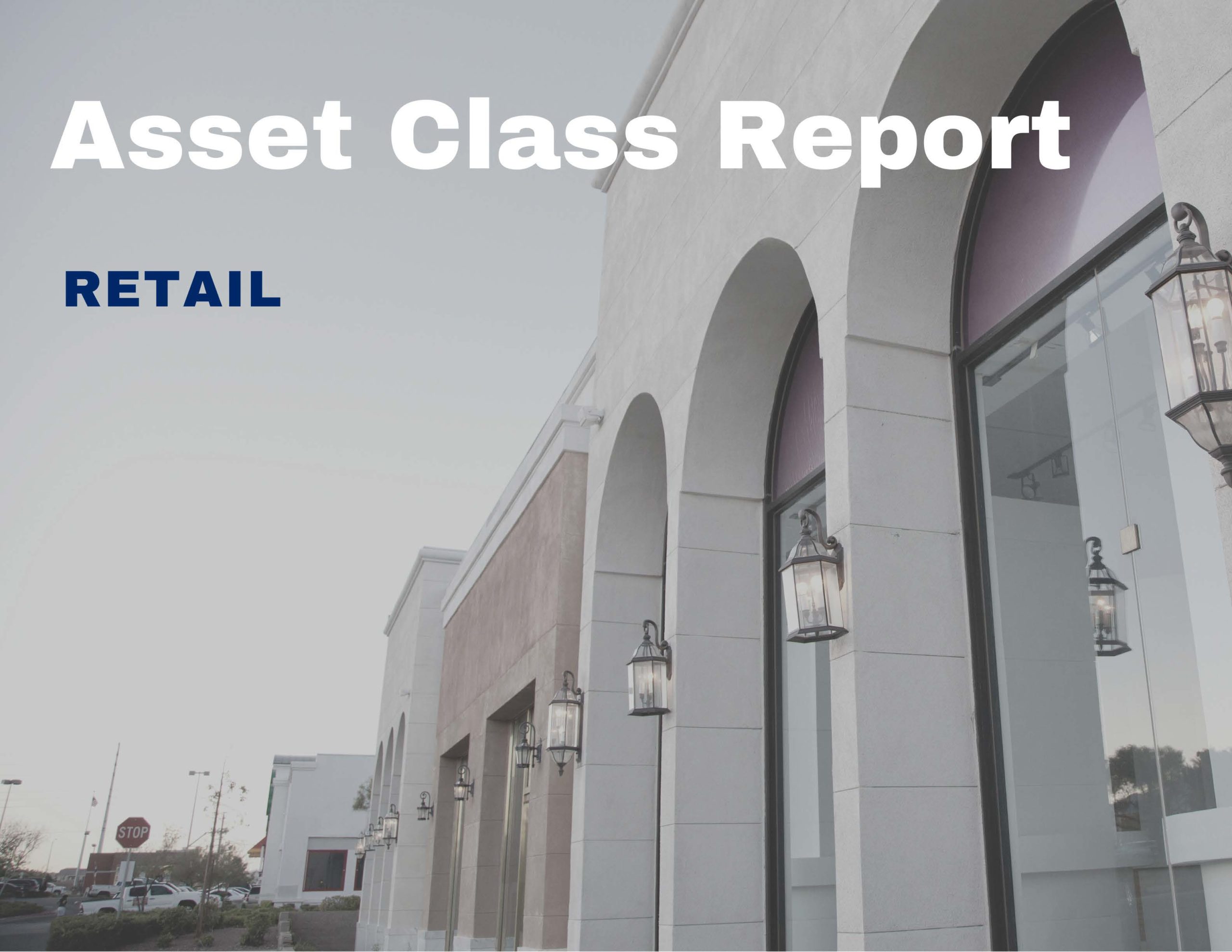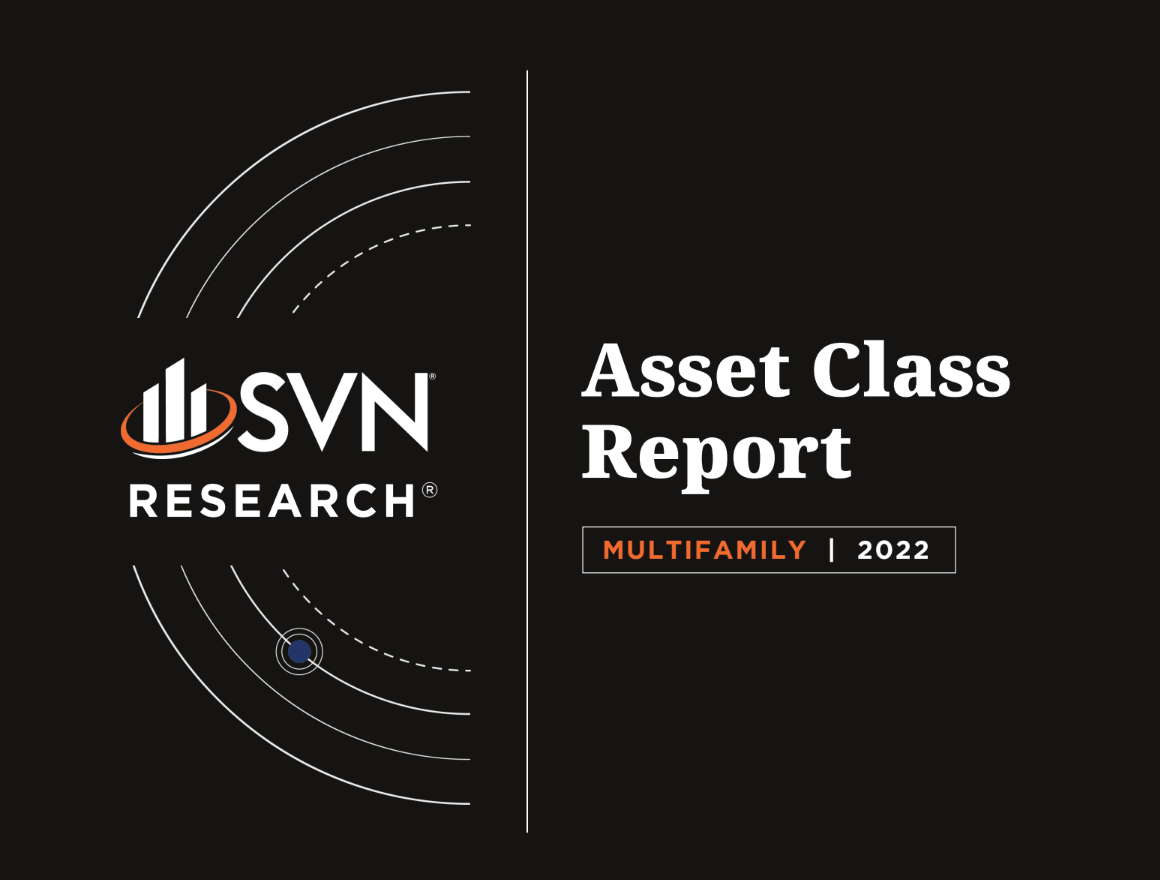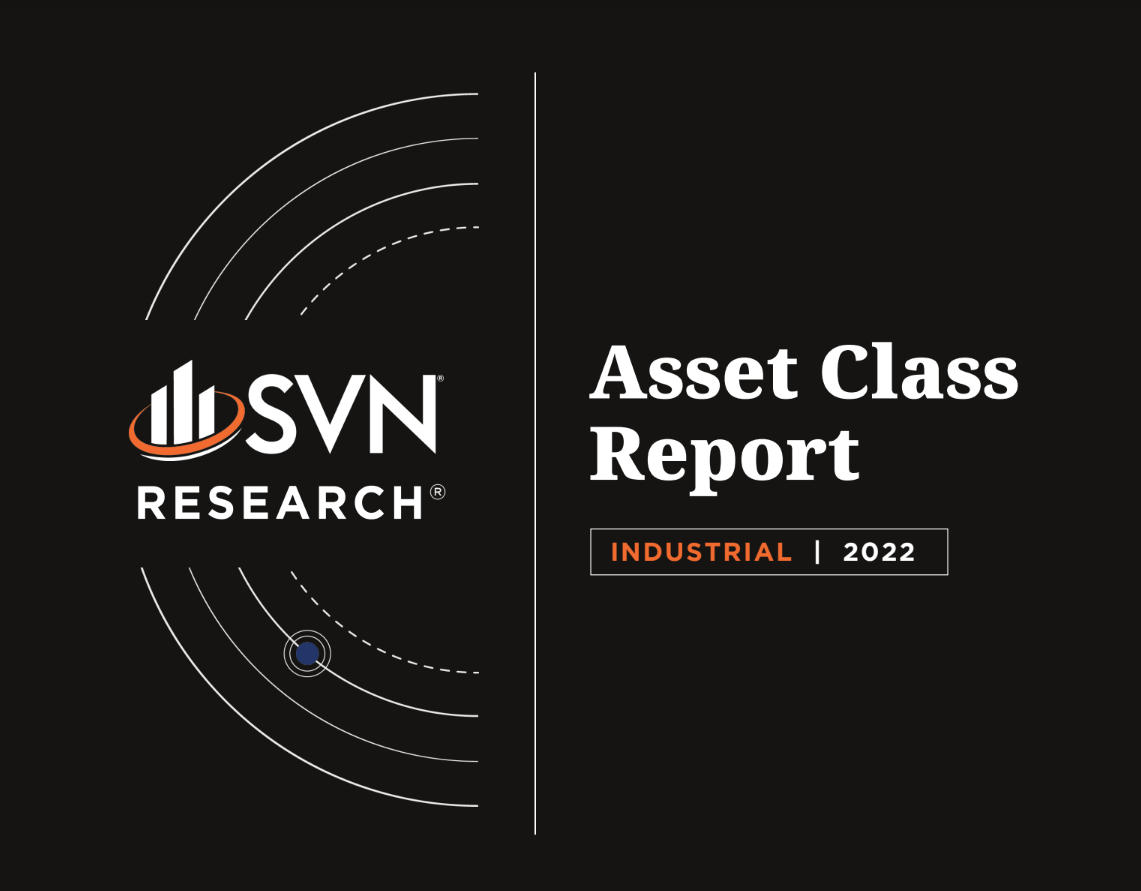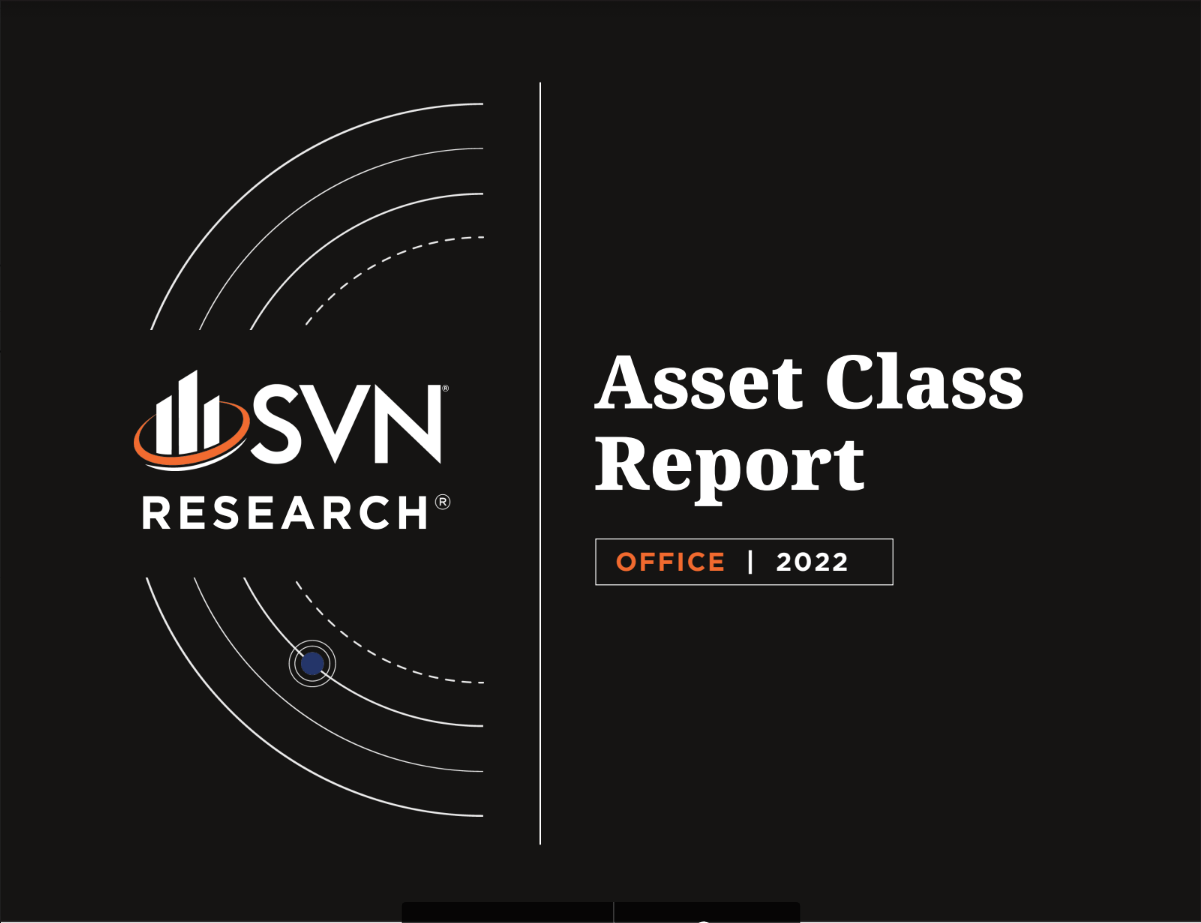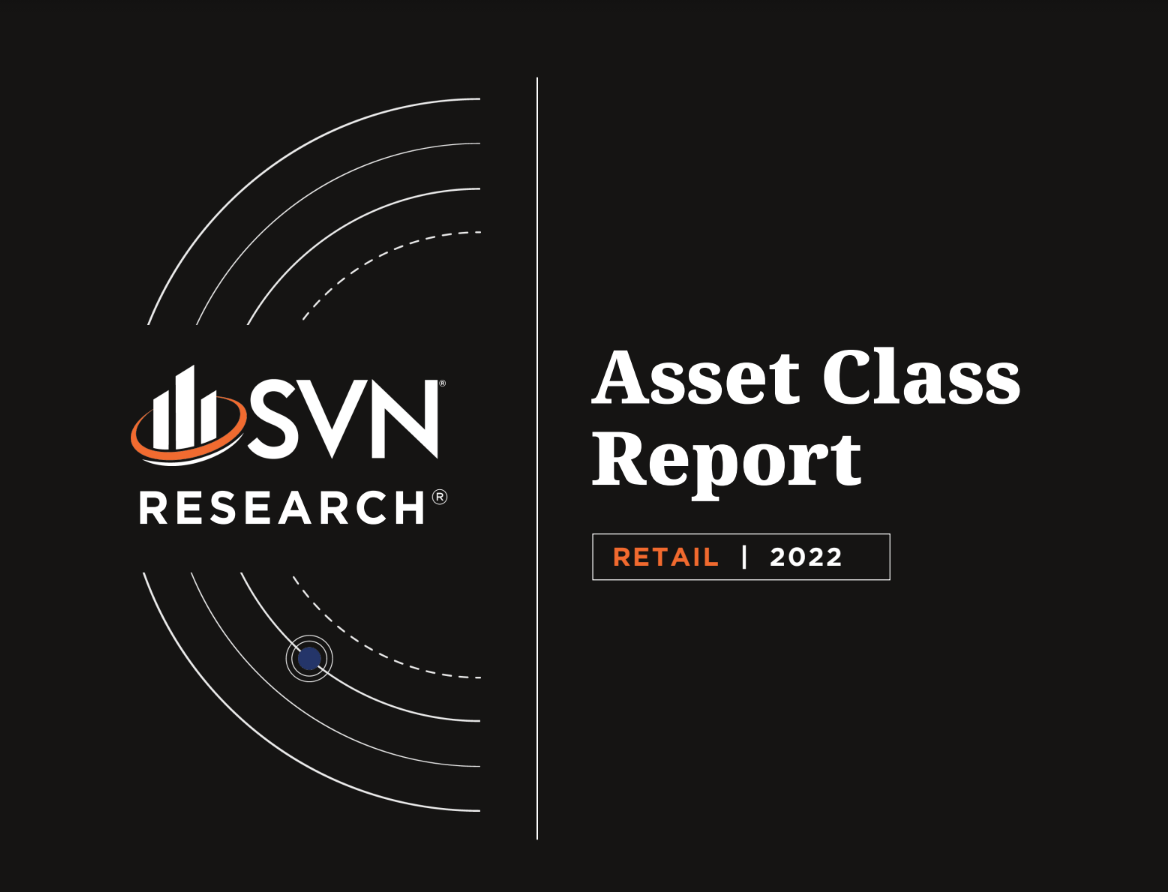admin / December 30, 2022
Commercial Real Estate Economic Update 12.30.22
Commercial Real Estate Economic Update 12.30.22
Featured Topics
-
Q3 GDP & Consumer Spending Revised Up
-
CRE Debt Climbs
-
Local Governments and ARPA Spending
-
Prologis 2023 Supply Chain Forecast
-
Commercial Real Estate Prices
-
Home Prices
-
Independent Landlord Rental Performance
-
Pending Home Sales
-
PCE Inflation
-
VTS Office demand
Commercial Real Estate Economic Update 11.18.22 – (Download Full PDF)
1. Q3 GDP & CONSUMER SPENDING REVISED UP
• The Bureau of Economic Analysis reported an upward revision to Real GDP in the third quarter of 2022, mainly reflecting a revised total in U.S. consumer spending. The latest estimate shows a 3.2% annualized increase in Real GDP during Q3 2022, revised up from the previous estimate of 2.9% and a reversal from the 0.6% decline seen in Q2.
• Upward revisions occurred in consumer spending, nonresidential fixed investment, and state and local government spending. These revisions were partially offset by downward revisions seen in private inventory investment and exports.
• Both real incomes and spending are on the rise to close 2022. In November, personal income increased by $80.1 billion, or 0.4% annually, while personal consumption expenditures increased by $19.8 billion, or 0.1% annually.
• The spending-driven upward revision to growth is notable, given the ongoing analysis of the Federal Reserve’s interest rate policy, its impact on investment, and the debate around the potential for a U.S. recession. Outside of housing and other rate-sensitive products, consumers have largely shaken off the Fed’s rate hikes in their spending decisions. Historically, it is atypical for an economy to enter a recession while real incomes and spending are accelerating.
2. CRE DEBT CLIMBS
• According to a recent breakdown by Trepp, outstanding Commercial Real Estate debt increased by $474.2 billion during Q3 2022 to $5.52 trillion, a 9.3% increase year-over-year
• CMBS trusts and other securitization vehicles saw the largest relative increase through Q3 2022, climbing by 15.58% or $106.1 billion to a total of $786.9 billion outstanding. Banks and thrifts, which hold the largest volume of commercial mortgage debt, saw holdings rise by 10.4% year-over-year.
• Trepp estimates that a total of $447.42 billion of commercial mortgages will come due in 2023, with the bulk of them held by banks and thrifts.
• Multifamily loans outstanding rose by $170.8 billion last quarter, also a 9.3% increase year-over-year. Notably, the GSEs Fannie Mae and Freddie Mac only accounted for $106.1 billion. According to the analysis, the remainder of loan growth results from a rise in loans held by banks, thrifts, and life insurance companies alongside an increase in securitization vehicles’ inventory
3. LOCAL GOVERNMENTS AND ARPA SPENDING
• A recent report by Brookings analyses how municipalities have budgeted the $65 billion allocated to them through the American Rescue Plan Act (ARPA) funding. The first half of the funds were allocated to states and localities in May 2021, while the second half was allocated 12 months later in May 2022.
• The total share of committed State and Local Fiscal Recovery Funds (SLFRF) reached 51% by the end of March 2022, then climbed to 61% by the end of June, roughly one month after the second batch was received.
• Large cities and consolidated counties have allotted funding quicker, having budgeted roughly 70% of their SLFRF allocations compared to just 52% for counties.
• According to a review of Treasury Department data on ARPA allocations, 43% of city and county commitments were allocated to stabilizing government operations. Roughly 15% of funds have been budgeted for public health, though this decreased from 17% of the first batch. Community aid projects have increased from 9% of budgets after the initial half was allocated to 14% through June 2022. How recovery funds are allocated helps indicate where local government priorities lie.
4. PROLOGIS 2023 SUPPLY CHAIN FORECAST
• Prologis recently released a list of supply chain-related predictions that it was making for 2023, particularly anticipation of slowing warehouse development despite rapid rent growth.
• Prologis expects U.S. warehouse development starts to decline by up to 60% and reach a seven-year low, projecting south of 175 million square feet of development throughout the calendar year.
• Rising interest rates alongside stubborn prices for labor and materials are likely to constrain construction, while high demand amid low vacancy rates will likely continue to produce double-digit rent growth for the Industrial sub-sector, according to the report’s forecast. Prologis estimates that even if new warehouse demand were to fall to zero, the national vacancy rate would only increase by 260 basis points, creating a floor for rents.
5. COMMERCIAL REAL ESTATE PRICES
• Commercial real estate prices slowed in November to 4.9% year-over-year, the slowest annual pace for CRE prices in over two years, according to the latest national all-property index released by MSCI RCA. Prices fell 0.4% month-over-month.
• Industrial retains its top spot, with prices growing 14.4% year-over-year but well below the above 20% annual increases, the sector saw throughout most of this year. Industrial also charted the most significant monthly increase, climbing by 0.6%.
• The Apartment index saw the steepest fall on a monthly basis, dropping -1.1% month over month but rising 7.4% year-over-year. It was the first month that apartment price growth dipped below a double-digit rate since early 2021.
• The Retail index rose 7.1% year-over-year but just 0.1% month-over-month. The spread between the Retail and Apartment Indexes was at its narrowest since 2014.
• Office prices climbed 5.1% year-over-year through November, slowing from the 12.7% rate seen at the start of 2022. The CBD Office index rose 1.8% year-over-year, while Suburban Office rose 5.9%
• Price growth in Gateway markets recorded its slowest growth since 2010, climbing just 0.7 year-over-year. Further, the Gateway index has posted five consecutive monthly declines. Non-major markets rose 6.6% annually but declined 0.2% month-over-month.
6. HOME PRICES
• Home prices saw their fourth monthly decline through October 2022, according to the latest update to the S&P CoreLogic Case-Shiller U.S. National Home Price Index. Home prices rose 7.3% year-to-date and 9.24% year-over-year.
• Miami (+21%), Tampa (+20.5%), and Charlotte (+15%) reported the highest year-over-year increases within the 20 cities tracked by the index. San Francisco performed the weakest (+0.6%), followed by Seattle (+4.5%).
• The report analysts note that despite significant regional differences, all 20 cities tracked in the index reflect the trend of short-term decline and medium-term deceleration. Analysts note that mortgage financing will continue to face headwinds as the Federal Reserve moves interest rates higher, which may continue to weaken price growth.
7. INDEPENDENT LANDLORD RENTAL PERFORMANCE
• The on-time collection rate for independently operated residential properties fell by 156 bps between November and December, falling to 81.2%, according to the latest Independent Landlord Rental Performance Report by Chandan Economics. December’s full payment rate is expected to land at 90.7% by month’s end.
• Units located in the Sun Belt have maintained higher on-time payment rates than units located elsewhere for the second consecutive month. December’s on-time payment rate stands at 81.7% in Sun Belt units and 80.9% in non-Sun Belt units.
• 2–4-unit rental properties and SFRs held the highest on-time payment rates of all sub-property types in December, both coming in at 82.3%.
8. PENDING HOME SALES
• Pending home sales dropped to their lowest level since April 2020 and their second-lowest level on record during November, according to the National Association of Realtors.
• Contract signings dropped by 4% to an index reading of 73.9, the lowest reading outside of the pandemic dating back to 2001. The decline exceeded most industry estimates.
• According to the University of Michigan’s Consumer Sentiment Index, U.S. consumers are the most pessimistic about homebuying conditions that they have been since the early 1980s.
• While Fed tightening continues to make credit more expensive for potential home-buyers, mortgage rates have actually declined in recent weeks. NAR Chief Economist Lawrence Yun anticipates that the modest rate decline should lead to moderate increases in homebuying activity
9. PCE INFLATION
• The PCE Price Index increased by 0.1% in November, a drop from the 0.4% increase in October and the slowest rise in price since July, according to the latest numbers from the Bureau of Economic Analysis. Prices are up 5.5% year-over-year
• Core PCE prices, which exclude the cost of food and energy and are the Fed’s preferred inflation gauge when considering monetary policy decisions, increased by 0.2% in November, below the 0.3% rise seen in October. Core prices also saw their slowest increase since July.
• Food prices rose 0.3% in the month, while energy prices dropped by 1.5%.
10. VTS OFFICE DEMAND
• The latest numbers from VTS’ Office Demand Index (VODI) showed an 8.3% increase in new demand for office space during October, the second consecutive month where office demand has increased, fully offsetting August’s declines.
• Much of October’s activity reflects seasonal patterns and comes amid increased economic uncertainty surrounding rising capital costs and the potential for a U.S. recession.
• The VODI remains 14.8% below its October 2021 level as the office sector converges towards a new post-pandemic normal.
• VTS finds that over the past year, new office space demand has strongly correlated with metro-area job postings, with the most notable increase in October seen in Washington D.C. while the most significant decrease tracked was in Seattle.
SUMMARY OF SOURCES
• (1) https://www.bea.gov/data/gdp/gross-domestic-product
• (4) https://www.prologis.com/news-research/global-insights/seven-supply-chain-predictions-2023
• (5) https://www.msci.com/our-solutions/real-assets/real-capital-analytics
• (6) https://www.spglobal.com/spdji/en/documents/indexnews/
• (7) https://www.chandan.com/independent-landlord-rental-performance-report
• (8) https://www.nar.realtor/research-and-statistics/housing-statistics/pending-home-sales
• (9) https://www.bea.gov/data/personal-consumption-expenditures-price-index#:~:text=A%20
• (10) https://www.vts.com/
©2022 SVN International Corp. All Rights Reserved. SVN and the SVN COMMERCIAL REAL ESTATE ADVISORS logos are registered service marks of SVN International Corp. All SVN® offices are independently owned and operated. This is not a franchise offering. A franchise offering can only be made through a Franchise Disclosure Document.



